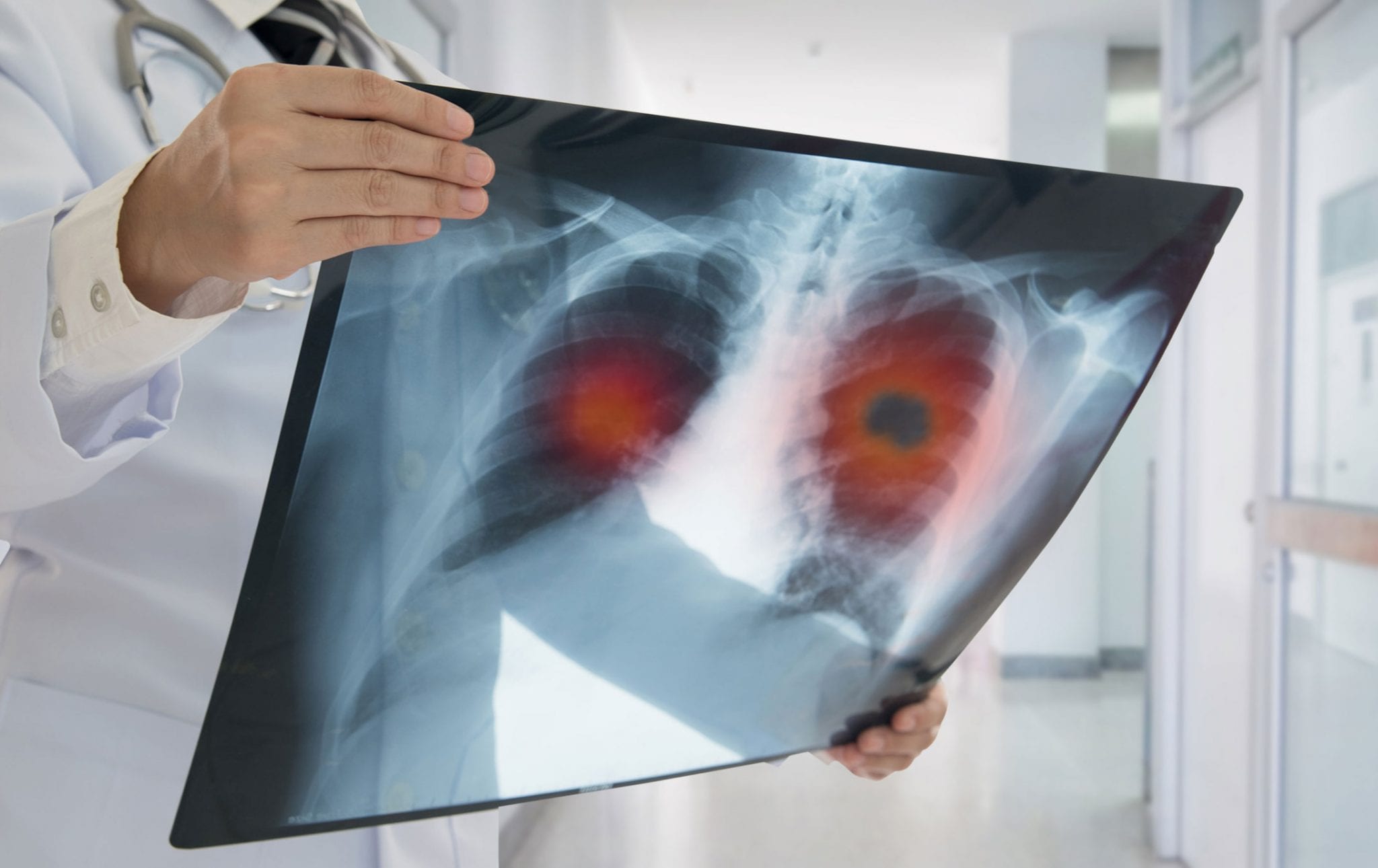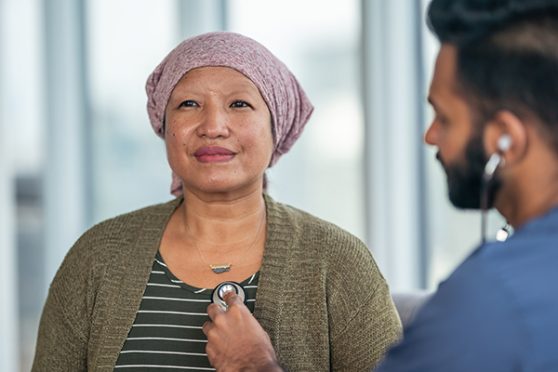Lung cancer screening is effective in reducing mortality, particularly when patients adhere to follow-up recommendations, but too few patients in the United States are following recommendations to be screened.
Guidelines suggest screenings for anyone 50 and older who has been a pack-a-day (or more) smoker for at least 20 years, or who has quit smoking within the last 15 years. Screening is recommended even if you feel totally fine, and show no symptoms.
“Low-dose CT screening among those at high risk for lung cancer reduces the lung cancer death rate by up to 20 percent,” said Dr. Dilpreet Kaur, a pulmonologist at Backus and Windham hospitals.
And just like a mammogram can find breast cancer before any lump is felt, or an EKG can spot atrial fibrillation in a patient who is symptom-free, so too can the CT scan of someone’s lungs detect possible cancer.
“In 1 percent of the screenings of someone who shows no symptoms of lung cancer, real cancer is found,” Dr. Krau said. “In 50 percent to 60 percent of the screenings, there will be a positive scan that requires a biopsy, but it will not be cancer.”
The National Lung Screening Trial (NLST) has shown a 20 percent relative reduction in lung cancer mortality with low-dose chest CT screening relative to chest radiography. But patients following screening recommendations was only 57 percent (the goal is 90 percent).
November is Lung Cancer Awareness Month.
Lung cancer is the second most common cancer in both men and women (not counting skin cancer).
The American Cancer Society’s estimates for lung cancer in the United States for 2021:
- About 235,760 new cases of lung cancer (119,100 in men and 116,660 in women).
- About 131,880 deaths from lung cancer (69,410 in men and 62,470 in women).
- Lung cancer mainly occurs in older people. Most people diagnosed with lung cancer are 65 or older; a very small number of people diagnosed are younger than 45. The average age of people when diagnosed is about 70.
- Lung cancer is by far the leading cause of cancer death among both men and women, making up almost 25 percent of all cancer deaths. Each year, more people die of lung cancer than of colon, breast, and prostate cancers combined.
If people wait until they have symptoms, like a chronic, worsening cough, hoarseness, constant chest pain, shortness of breath or wheezing, then the cancer is typically already at stage 3 or 4, and the survival rate is five years or less. But catching that 1 percent of cancer patients before they show symptoms means a 20 percent reduction in the mortality rate.
And often, Dr. Kaur said, those patients can be treated with surgery to remove the cancer, and not need chemotherapy, which can be debilitating.


